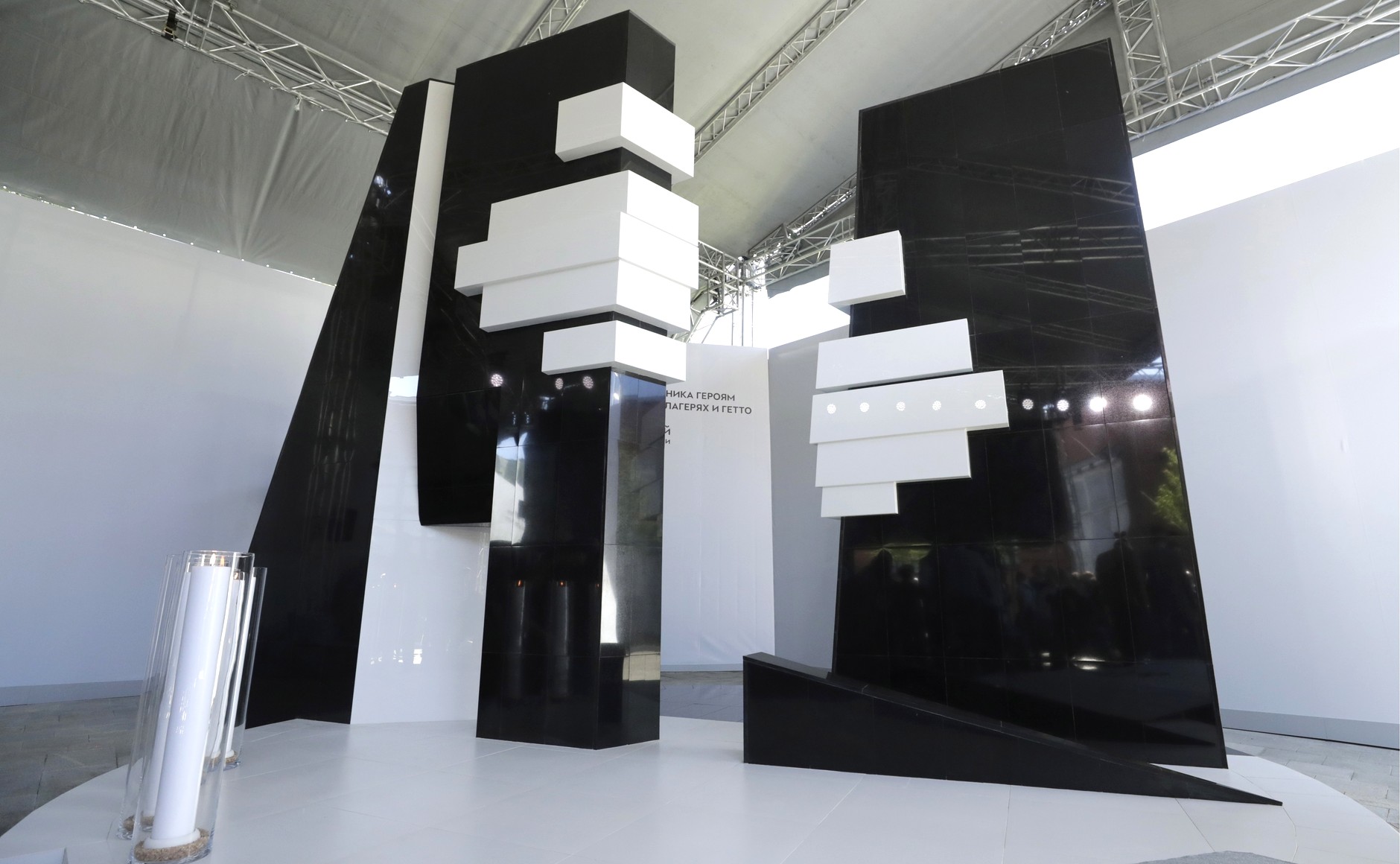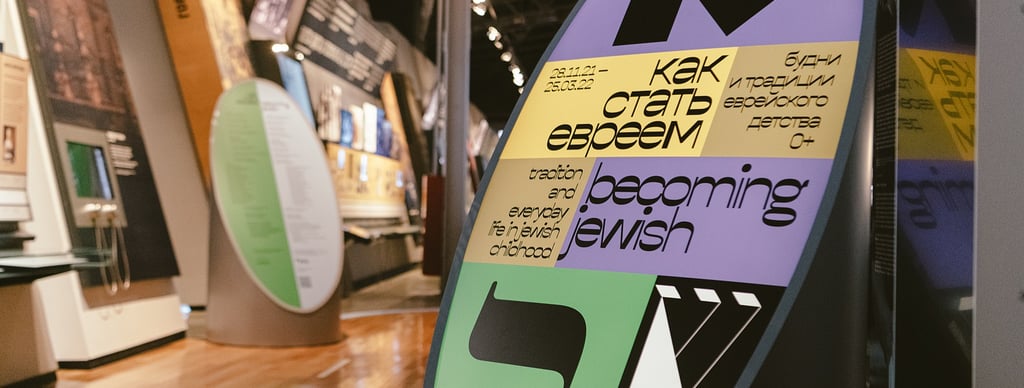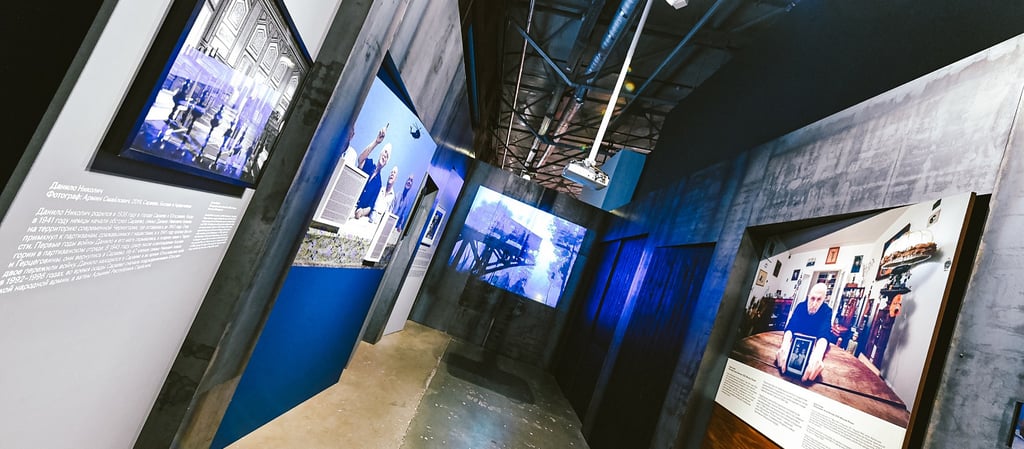Jewish Museum and Tolerance Center: Memory, Dialogue, and the Light That Remains
The Jewish Museum and Tolerance Center, one of the most technologically advanced and emotionally powerful museums in Russia — and indeed, in all of Europe.


A Sanctuary of Memory and a Vision for the Future
The Jewish Museum and Tolerance Center, opened in 2012, stands at a poignant intersection of remembrance and progress. Located in the Marina Roscha district of Moscow, in a majestic 1920s constructivist building originally designed by Konstantin Melnikov, the museum offers not only an expansive view of Jewish life in Russia, but also a broader meditation on pluralism, identity, and human dignity.
Its dual mission is clear from its name: to serve both as a repository of Jewish history and as a center for cultural dialogue in an increasingly complex world. Here, ancient traditions and modern media converge. Here, painful memories are confronted — not to dwell in sorrow, but to kindle empathy.
An Immersive, Interactive Journey Through Time
From the moment a visitor enters, the museum shuns the solemn stillness of traditional history halls. Instead, it invites movement, sound, participation. The experience is cinematic, immersive, and emotionally layered.
The permanent exhibition unfolds chronologically, tracing over 2,000 years of Jewish history, with a particular focus on the experience within the Russian Empire, Soviet Union, and modern-day Russia.
Biblical Roots and Diaspora Beginnings
The journey begins not in Moscow, but in ancient Mesopotamia, with Abraham and the covenant — the mythical and spiritual origins of the Jewish people. Through interactive displays and audiovisual narration, visitors learn of the migrations, dispersions, and sacred texts that shaped a people without a land, but with a shared soul.
Scrolls, replicas of temple artifacts, and digital maps illustrate how Jewish communities formed along the Silk Road, in medieval Spain, North Africa, and Eastern Europe — creating rich cultural and religious traditions despite exile and persecution.
Shtetls, Tsars, and the Pale of Settlement
One of the museum’s most evocative sections is its re-creation of the shtetl, the small Jewish town or village once common across Ukraine, Belarus, Lithuania, and Poland.
Through life-size models, ambient soundscapes, and video projections, the smells of the bakery, the murmur of the synagogue, and the laughter of children playing in a dirt alley come vividly to life. The viewer feels not as a spectator, but as a ghostly participant, wandering through vanished streets.
From here, the exhibition delves into the complexities of life under the Russian Empire. The Pale of Settlement — a territory where Jews were legally allowed to reside — is explained in rich detail, alongside the social, economic, and spiritual innovations it fostered.
Yet this section also confronts darker chapters: pogroms, forced conscription, and state-sanctioned antisemitism. Photographs, documents, and survivor testimonies form a mosaic of hardship and perseverance.
Revolution, Hope, and Catastrophe
The early 20th century brought both promise and peril. The Jewish Museum explores the role of Jewish individuals in science, literature, and revolutionary movements, from Trotsky to Ehrenburg, from socialist dreams to the stark realities of Bolshevik rule.
Initially, the Soviet Union promised a secular utopia and the elimination of ethnic persecution. Yiddish theaters, schools, and publishing flourished. The museum presents this era with nuance — capturing the brief flowering of cultural autonomy in the 1920s and early 1930s.
Then comes the reversal.
Under Stalin, Jewish institutions were shut down. Religious leaders disappeared. Artists were silenced. The Doctor’s Plot, the execution of the Jewish Anti-Fascist Committee, and the rise of state antisemitism are recounted with stark honesty.
The Holocaust on Soviet Soil
Perhaps the most wrenching section of the museum addresses the Holocaust, or Shoah, in territories occupied by Nazi Germany.
Unlike the concentration camps of Poland or Germany, the Holocaust in the Soviet Union unfolded in mass shootings, burnings, and open-air executions — often carried out in forests and ravines. Babi Yar, Ponary, and countless unnamed pits bear witness to these atrocities.
The museum presents these events with unflinching clarity — using survivor interviews, photographs, Nazi records, and artistic testimony. One leaves this section marked by silence.
And yet, the narrative does not end in despair.
Soviet Victory and the Struggle for Survival
The war’s end brought victory but not redemption. Though Jews had fought and died alongside other Soviet citizens, post-war antisemitism surged again. Accusations of “cosmopolitanism,” cultural repression, and emigration bans all contributed to a fraught postwar existence.
The museum highlights the refusenik movement, the underground religious schools, and the brave individuals who refused to let identity be erased. It honors artists, poets, and scientists who lived in quiet rebellion.
Jewish Life in Russia Today
The final section of the museum turns to the present: a tentative rebirth.
Since the 1990s, Jewish communities across Russia have experienced a revival — in synagogues, schools, festivals, and cultural events. Moscow and St. Petersburg once again have thriving Jewish populations, supported by both local institutions and global networks.
Video interviews with young Jews in Russia today ask difficult, thoughtful questions: What does it mean to be Jewish in Russia now? Is Jewish identity religious, cultural, inherited, chosen?
There is no single answer — only the shared willingness to ask the question.
Practical Information
Location
Jewish Museum and Tolerance Center
Obraztsova Street, 11, building 1A, Moscow, Russia
Opening Hours
Sunday – Thursday: 12:00 – 22:00
Friday: 10:00 – 15:00
Closed on Saturdays and Jewish holidays
Tickets
Tickets can be purchased on-site or online.
Discounts are available for students, seniors, and families.
Guided tours (in Russian and English) are available by appointment.
Admission is free on certain days — check the official site for updates.
Accessibility
The museum is fully wheelchair accessible.
Audio and text guides are available for visitors with visual or hearing impairments.
All exhibitions are bilingual (Russian and English).
How to Get There
Metro: Maryina Roshcha station (Line 10) is a short walk from the museum.
Bus and tram options also serve the area.
Services
Museum café and kosher dining options
Gift shop with Jewish literature, crafts, and educational material
Cloakroom and stroller parking
Event rental and conference spaces
To learn more, explore virtual tours, or book a visit:
https://www.jewish-museum.ru


The Tolerance Center: A New Model for Dialogue
Beyond the historical exhibits, one of the most remarkable features of the museum is the Tolerance Center itself — a dedicated space for education, dialogue, and civic engagement.
It is a bold, forward-looking initiative that goes beyond Jewish history to address universal themes of diversity, inclusion, and human rights. Through a series of interactive displays, immersive films, and facilitated workshops, the Tolerance Center explores subjects such as:
National identity
Racism and xenophobia
Religious pluralism
Disability and accessibility
Generational conflict and empathy
Designed especially with youth in mind, this space has become a vital tool for Russian schools, educators, and NGOs working to combat prejudice and promote social cohesion. Students can simulate real-life dilemmas, analyze hate speech, and role-play scenarios in which moral courage is needed. The goal is not to lecture, but to cultivate critical thinking and empathy.
It is no exaggeration to say that the Jewish Museum’s Tolerance Center is one of the most advanced of its kind in the world, and a model for other societies navigating questions of multiculturalism and memory.
Architecture as Narrative
The building itself is a powerful part of the story. Originally constructed in 1927 as the Bakhmetevsky Bus Garage, the structure was one of the most iconic examples of early Soviet Constructivist architecture, designed by Konstantin Melnikov and Vladimir Shukhov.
Its soaring arches and open interior now host sleek, minimalist exhibition design — a stunning contrast that symbolizes the collision between industrial might and intimate memory, between the ideological dreams of the past and the human stories it nearly erased.
Natural light filters through carefully restored glass panels. Multimedia installations glow like constellations in the dark. The architecture never overwhelms, but frames each exhibit with a quiet, monumental dignity.
Treasures and Testimonies
While the museum’s power lies in its immersive experience, it also houses a growing collection of artifacts, documents, and personal objects that anchor the narrative in real lives.
These include:
Prayer books and ritual objects smuggled through Soviet decades
Photographs and family albums recovered from shtetls and destroyed towns
Letters, passports, and identity cards spanning five generations
Yiddish typewriters, schoolbooks, and underground literature
Video testimonies from survivors, émigrés, and current residents
Each object, however small, offers a window into memory — not as nostalgia, but as evidence. Together, they remind the visitor that history is not abstract. It is carried in hands and hearts, in suitcases and silence.
Education and Cultural Programs
The museum hosts a full calendar of cultural events, lectures, concerts, screenings, and academic conferences. These range from high-level historical symposia to grassroots storytelling nights. Visitors might hear a Holocaust survivor speak one day, and attend a contemporary Yiddish theater performance the next.
Its library and archive are open to researchers and students, while its children’s center offers creative programming for the youngest visitors — introducing them to themes of identity, kindness, and justice through art and play.




